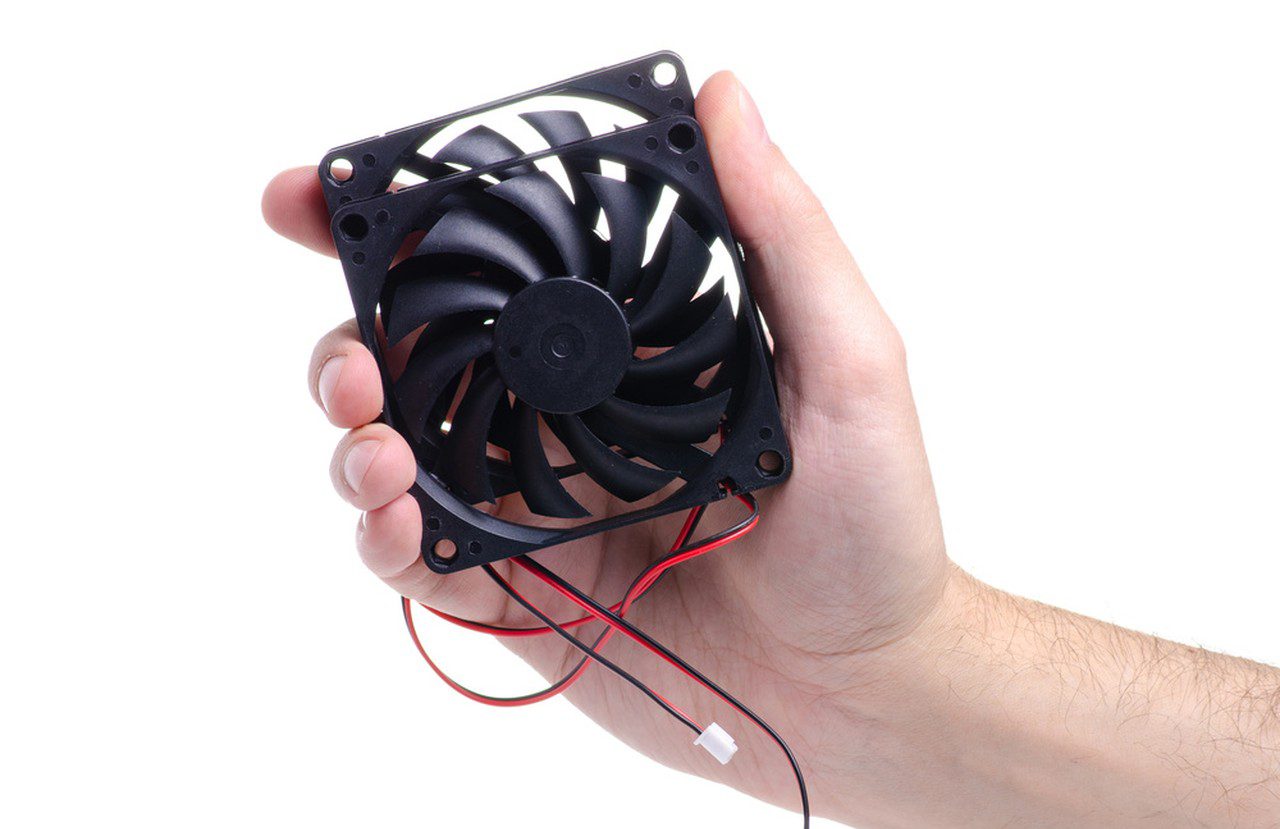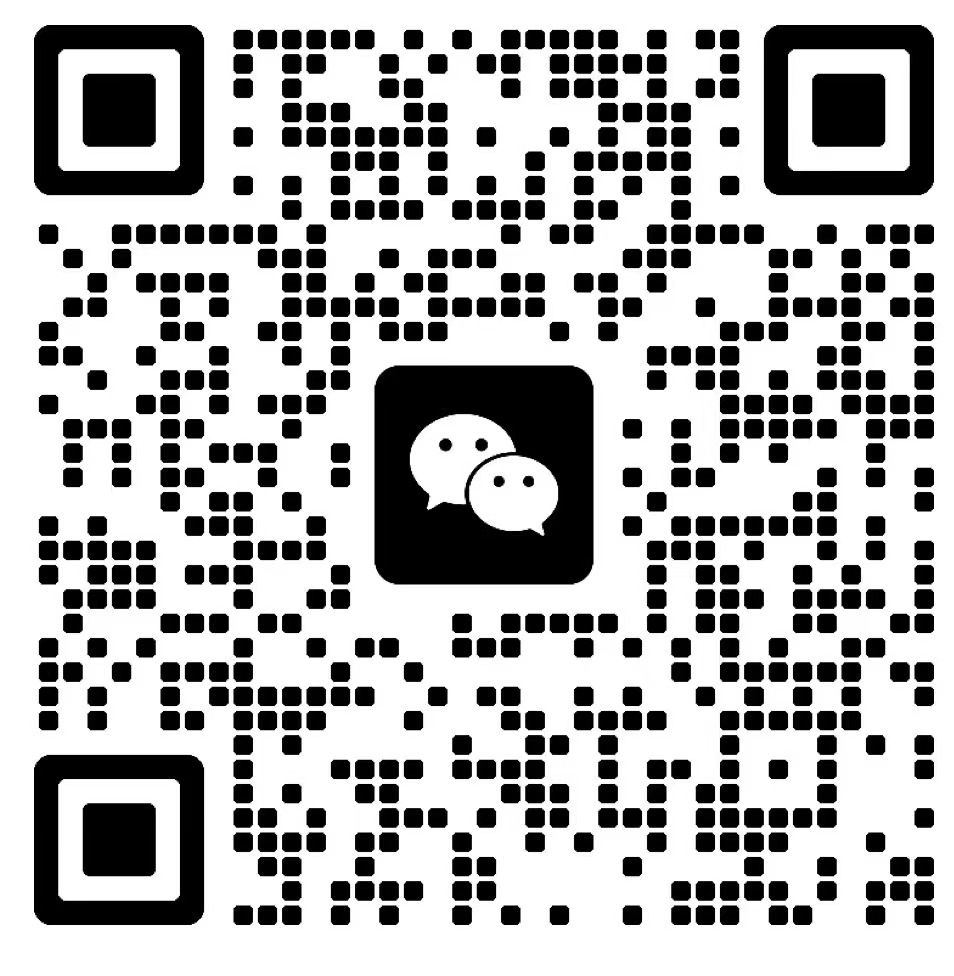DC fans are widely used in electronic devices and mechanical systems due to their efficiency and low power consumption. However, a common issue when installing and using DC fans is reversing the polarity, especially if the power connections are not carefully checked. Reversing the polarity can not only prevent the fan from working properly but may also cause irreversible damage to the equipment. Understanding the consequences of reversed polarity and how to avoid this situation is crucial. This article will discuss the potential outcomes of reversed polarity and provide preventive measures.

1. Consequences of Reversing the Polarity on a DC Fan
1.1 Burnout of the Fan Drive Circuit
DC fans typically use an integrated circuit (IC) to drive the motor, and this IC is very sensitive to the polarity of the power supply. Reversing the polarity can cause the current to flow in the wrong direction, potentially leading to a short circuit or overload in the drive IC, which can cause the circuit to overheat. If this error continues over time, the drive IC may be burned out, rendering the fan inoperable. The risk is particularly high for fans without built-in polarity protection.
1.2 Damage to the Motor Stator or Other Components
Some DC fans use a single-winding drive IC, and the internal circuit does not have protection against reversed polarity. In such cases, reversing the power supply can damage the motor stator and other circuit components on the PCB due to the reverse current flow. This not only affects the fan’s normal operation but may also cause the destruction of circuit elements, potentially rendering the entire fan irreparable.
1.3 Fan Failure to Operate
Regardless of the internal protection design, if the polarity is reversed, the fan’s motor will often fail to rotate. This means that even with the power supply connected, the fan will not start and provide cooling. In such cases, the fan may only generate heat without producing airflow, leading to overheating and potential damage to the motor or other components.
2. How to Avoid Reversing the Polarity
2.1 Choose Fans with Reverse Polarity Protection
To prevent damage from reversed polarity, many modern DC fans are designed with reverse polarity protection. This is typically achieved by installing a polarity diode on the fan’s PCB. When the power supply is reversed, the diode will block current flow, preventing damage to the fan from reverse current. This protection feature, known as Reverse Protection (RP), is an important characteristic of high-quality DC fans.
2.2 Check the Fan's Labeling and Wire Colors
Before installing the fan, it is essential to check the labeling of the fan’s power wires. Most DC fans have clear markings: the red wire is positive (+) and the black wire is negative (-). If the fan’s wires are not clearly labeled, you can use the wire colors as a guide and check the product label for confirmation. If there are no labels or markings, the fan type (DC or AC) can help distinguish the polarity.
2.3 Understand the Fan’s Operating Principle and Requirements
When purchasing a DC fan, it is crucial to inquire whether the fan comes with reverse polarity protection. Communicating with the manufacturer’s technical support team to confirm whether the fan has built-in reverse polarity protection can significantly reduce the risks of reverse polarity issues. This is especially important for devices with high reliability requirements, as ensuring the fan has this protection feature will contribute to the stable long-term operation of your equipment.
3. How to Check for Reversed Polarity
3.1 Observe Whether the Fan Turns
After connecting the power, if the fan does not rotate or operates irregularly, it is likely that the polarity is reversed. In this case, check the wiring connections to confirm if they are correctly aligned with the proper polarity.
3.2 Check for Overheating
Even if the fan is not running, reversed polarity can cause the fan’s internal drive IC and motor to overheat, leading to potential damage. In such cases, the fan may show noticeable signs of overheating, potentially damaging the equipment. To avoid this, always verify the correct polarity when installing the fan.
3.3 Use a Multimeter to Check Voltage Polarity
If you are unsure about the polarity, you can use a multimeter to check the voltage polarity and ensure that the current direction aligns with the fan’s
required polarity.
Reversing the polarity on a DC fan is a common issue that can cause serious damage to both the fan and the equipment. By understanding the fan’s operating principle, choosing fans with reverse polarity protection, and carefully following labeling during installation, the negative impacts of reversed polarity can be effectively avoided.
As a professional manufacturer with 24 years of experience in cooling fans, Ruiapple Electric is committed to providing high-quality and high-performance DC fan solutions. Our DC fans are designed with efficient heat dissipation and comprehensive reverse polarity protection, ensuring the safe and stable operation of your equipment. If you have any needs regarding cooling fans, feel free to contact Ruiapple Electric for professional technical support and personalized solutions.






